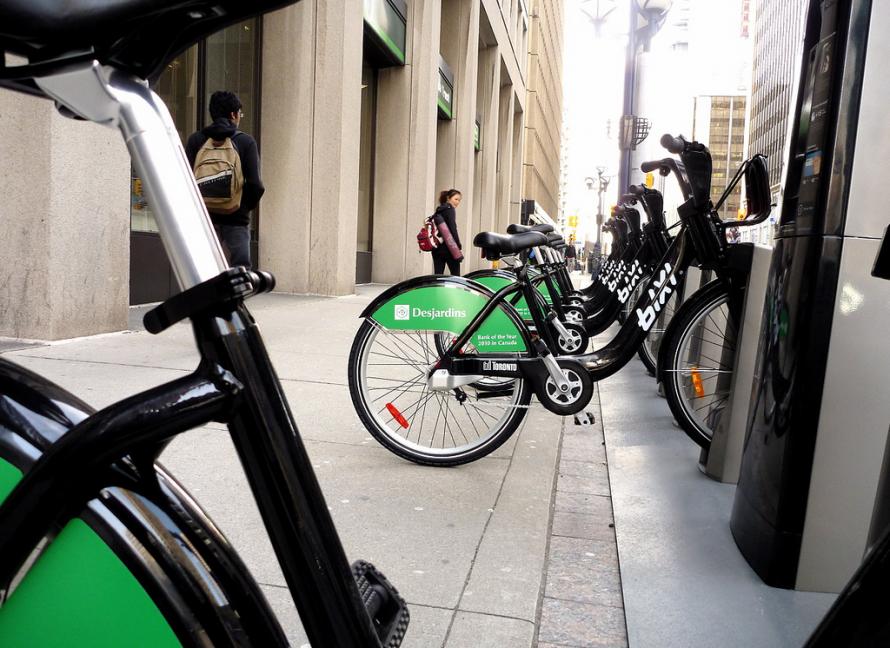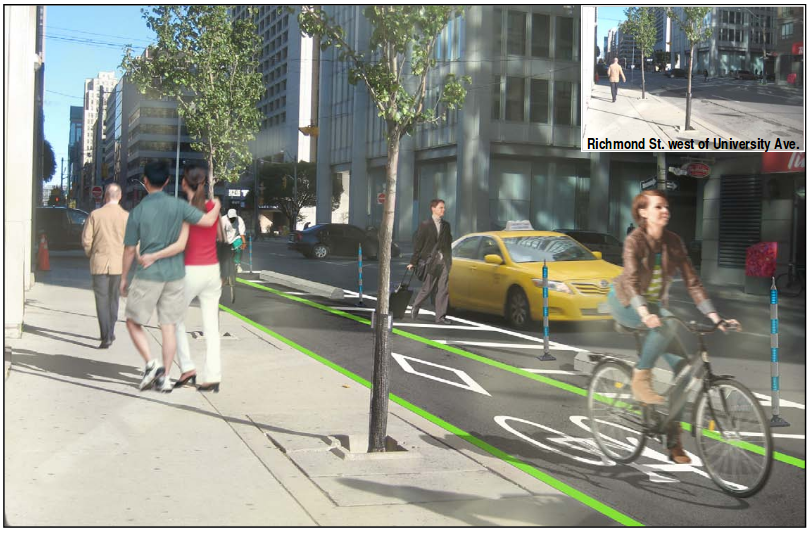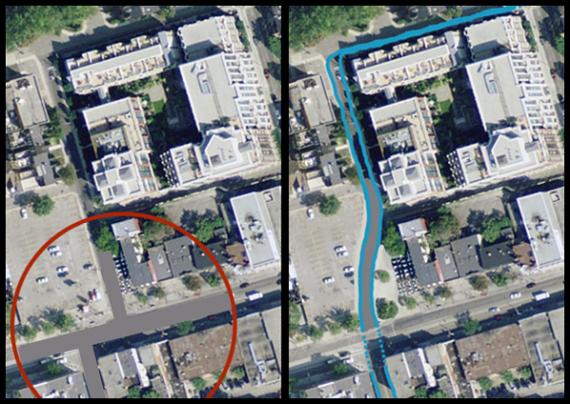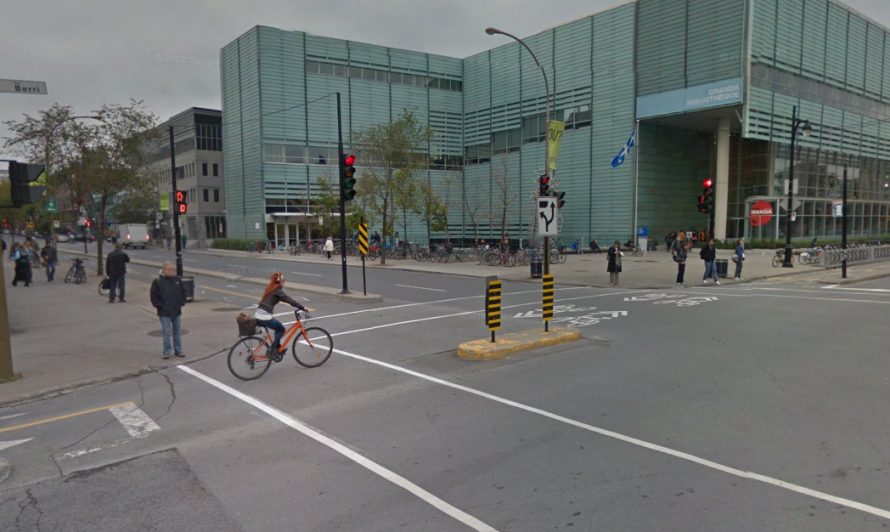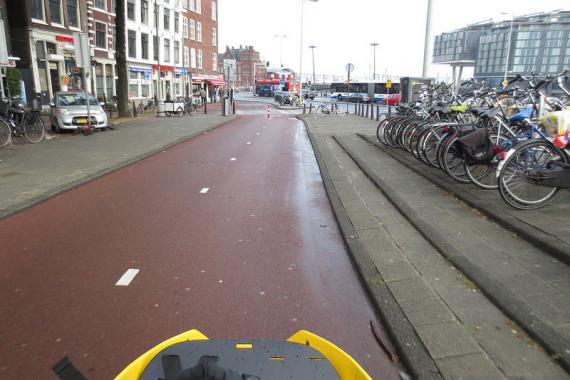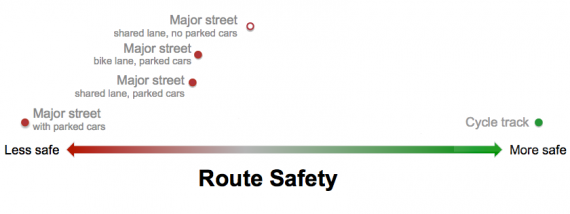In the midst of the craziness caused by our crack-smoking, bike-hating mayor, City Council overwhelmingly voted to save BIXI Toronto. The details are still confidential but it's understood that the deal likely involved purchasing the debt of BIXI and the unlocking of expansion funding that was waiting for this deal to be settled. (Photo: Martin Reis)
Toilets for bikes swap
Councillor Denzil Minnan-Wong can be thanked for coming up with a unique funding plan. It involves a deal with Astral Media who was contractually obliged to build some automated self-cleaning toilets, which turned out to be quite difficult to place. Instead of building the toilets Astral will now pay the City a fixed amount of money which will be used to pay the outstanding debt of BIXI Toronto and purchase it from the Montreal head company PBSC. As a result of this BIXI Toronto will no longer have to finance the debt. I was told by BIXI's manager that they were quite capable of operating efficiently if it weren't for the approximately $3.5 million in debt that had to be financed.
If it were just up to the mayor, BIXI would have been already scrapped as a "failure". Instead it looks like the opposite is happening.
Expansion
Additionally, the deal means that BIXI will now have access to money allocated by Metrolinx for improving transportation for the Pan-Am Games and also about a million dollars in development funds that were acquired in deals that Councillors Kristyn Wong-Tam and Mike Layton made with condo developers in their wards. In the deals the developers were allowed to reduce the number of required parking spots in exchange for funds to purchase BIXI stations.
It's definitely a good start to an expansion plan with approximately one million dollars. But in order to build up the system to even the original plan of 3000 bikes would require more dedicated capital funding. Part of that may come from formalizing funding through new developments - the City is revising the parking standards.
BIXI Toronto will be run under the Toronto Parking Authority, much like Montreal's BIXI is owned by their parking authority. I believe that the third-party operator they are considering is probably Alta Bikeshare, which is already operating New York's Citibike, Chicago's Divvy and many others.
Advocacy was key
Cycle Toronto once again was key to a successful campaign. Its campaign got us BIXI three years ago when it almost died under Mayor Miller. And it now channelled the existing support of individuals and businesses into success. A lot of businesses sent letters of support via Cycle Toronto. And Cycle Toronto's Jared Kolb negotiated with a few politicians to get this deal signed and delivered.
A lot of people were sentimental about BIXI but without a firm strategy it would probably all come to naught.
Bikesharing as public transit
Minnan-Wong told the Atlantic Cities that bikesharing has to be recognized as a form of public transit that will require a subsidy to operate, just like any other public transit system.
Still, Minnan-Wong said that the program has proven popular both with the public and many Toronto lawmakers. “There’s a real appetite on our council to keep Bixi,” he says. But the business model, he says, is broken. “It has to be recognized as a form of transit,” he says. “And as we know, no form of transit breaks even. It requires a subsidy.”
That is quite a positive statement coming from a right-wing politician who was formerly quite skeptical of supporting BIXI financially. This bodes well. Even with a subsidy bikesharing doesn't get much cheaper as far as transportation goes.
BIXI will now not only survive our crack-smoking mayor but thrive.

